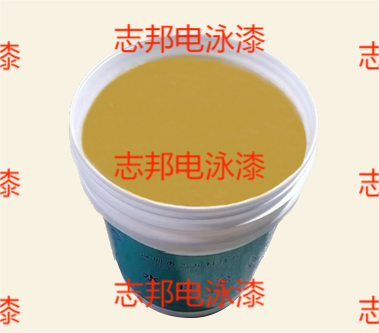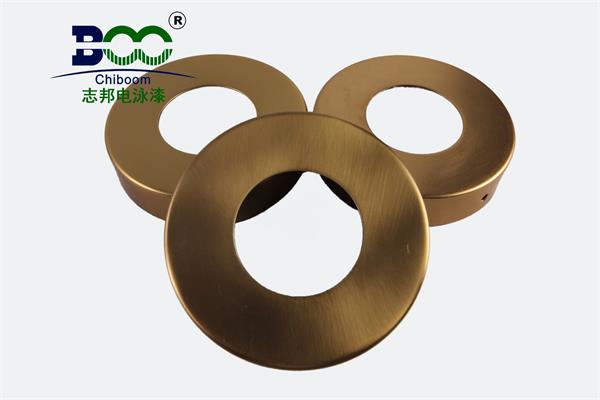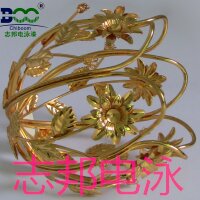Analysis of the Main Components of Electrophoretic Paint
In modern industrial production, electrophoretic paint, as an efficient and environmentally friendly painting process, has been widely applied in various industries such as automobiles, home appliances, and hardware. The characteristics and advantages of electrophoretic paint are inseparable from its unique composition. This article will delve into the main components of electrophoretic paint and how these components collectively influence its performance.
Electrophoretic paint, as its name implies, is a painting process that utilizes an electric field to cause paint particles to deposit on the surface of a workpiece to form a coating. During the electrophoretic process, charged particles in the paint move towards the oppositely charged workpiece surface under the action of an electric field and deposit to form a uniform and dense coating. This process not only improves the utilization rate of the paint but also ensures the uniformity and adhesion of the coating.

The main components of electrophoretic paint include resin, pigment, solvent, and additives. Among them, resin is the core component of electrophoretic paint, determining the basic properties and characteristics of the coating. Depending on the type of raw material, electrophoretic paints can be classified into epoxy, acrylic, epoxy-acrylic, polyurethane, and other categories. These resin raw materials have their own unique characteristics. For example, acrylate resins provide excellent adhesion and flexibility to the paint film, while epoxy resins enhance the corrosion resistance of the paint film.
To meet different decorative needs, electrophoretic paints also contain pigments. Pigments not only give the paint a rich color and special effects but also influence the weatherability and corrosion resistance of the coating to a certain extent. Pigments in electrophoretic paints can be divided into inorganic and organic pigments. Inorganic pigments mainly include oxides, chromates, sulfates, etc., while organic pigments include azo pigments, phthalocyanine pigments, etc. The selection and use of these pigments need to be considered based on specific painting requirements and workpiece materials.
Solvents play a crucial role in dissolving the resin and pigment in electrophoretic paints and adjusting the viscosity of the coating. Depending on the type of solvent, electrophoretic paints can be classified into oil-based and water-based electrophoretic paints. With the increasing awareness of environmental protection, water-based electrophoretic paints have gradually become the mainstream choice. They use water as a solvent, reducing emissions of harmful substances and being safer and more environmentally friendly. At the same time, water-based electrophoretic paints also have the advantages of easy cleaning and fast drying speed, further improving the painting efficiency and quality of electrophoretic paints.
In addition to resin, pigment, and solvent, electrophoretic paints also contain various additives. These additives include dryers, plasticizers, emulsifiers, thickeners, etc., which can improve the performance of the coating and promote the formation of the paint film. For example, dryers can accelerate the drying speed of the paint, improving painting efficiency; plasticizers can increase the flexibility of the paint film, enhancing the impact resistance of the coating.
In summary, the main components of electrophoretic paint include resin, pigment, solvent, and additives. These components play their unique roles in electrophoretic paint, collectively determining its performance and characteristics. With technological advancements and increasing awareness of environmental protection, the composition of electrophoretic paints is also constantly being optimized and innovated. In the future, we have reason to believe that electrophoretic paints will be applied in more fields, bringing more convenience and beauty to people's lives.





 WeChat
WeChat